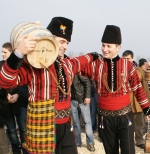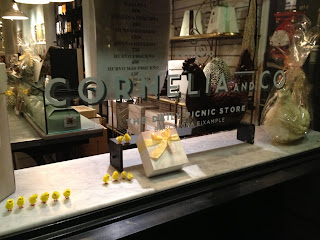Trifon Zarezan Day!
Today I will not be celebrating Valentine’s Day, I will be celebrating a much better day, Trifon Day! What is Trifon Day, you may ask. Trifon Day or Trifon Zarezan Day to be exact is Wine Day!
Trifon Zarezan is a Bulgarian holiday (although the rest of the world should really consider adopting it) that celebrates wine drinking. I had no idea this day even existed until a Bulgarian friend asked a group of us if we wanted to celebrate it.
According to my highly unscientific research, which consisted mainly of a quick Google search and asking my Bulgarian friend, St. Trifon is the Bulgarian saint of vine-growers, wine makers, and vineyards. Trifon Day is related to an ancient Thracian custom honoring Dionysus, the Greek god of wine. St. Trifon had a vineyard himself and he would often prune it. Legend goes that one day he was out pruning his vines and the Virgin Mary passed by, he made fun of her (for having an illegitimate child) and she decided to punish him and condemned him to cut his nose with his pruning shears, which he promptly did. This is where the Zarezan comes from which in Bulgarian means truncated, hence the nickname Trifon Zarezan. Trifon day marks the ending of winter and the onset of spring, it is a celebration of fruitfulness. In the villages people gather in the vineyards, the men cut down the trees that did not bear fruit the past season and the woman bake festive bread decorated with symbols of fruitful vines. Once the pruning is done, everyone gathers to eat, drink and dance. The man who harvested the most grapes and made the best wine the previous year is crowned the King. The King and his subjects (i.e. all the village people) must get drunk in order to ensure an abundant harvest for the coming year.
Although I will not be celebrating by pruning vines, I will be celebrating this day by drinking wine tonight!








